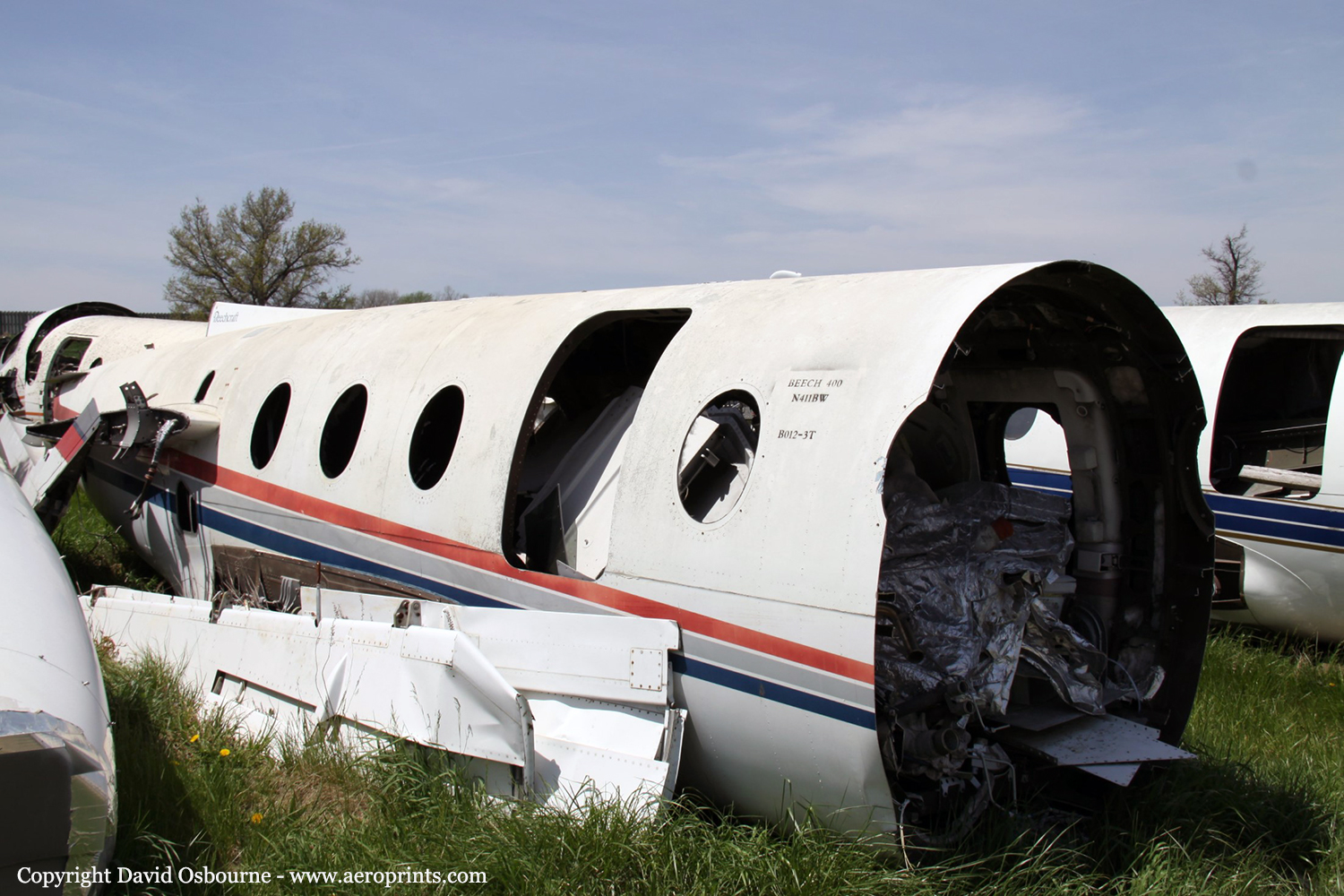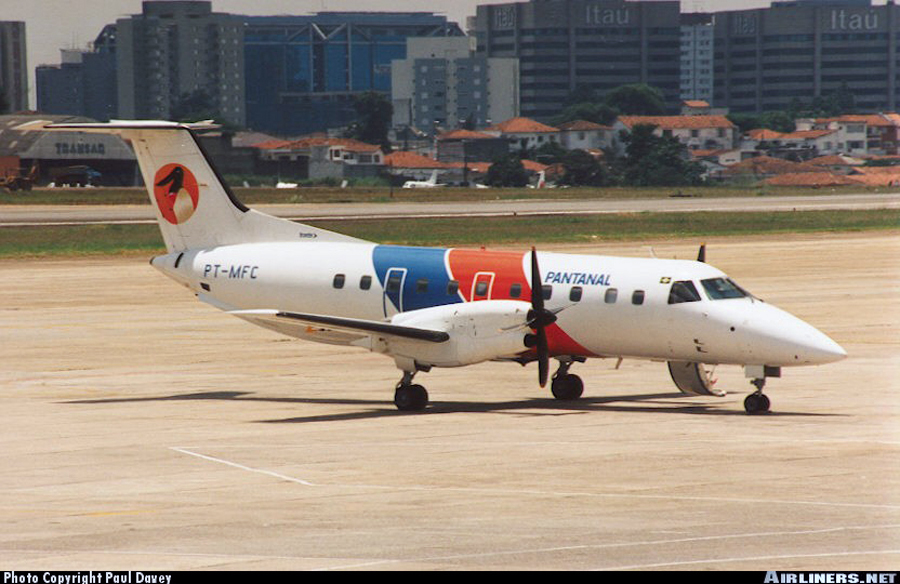Crash of a Beechcraft E90 King Air in Huaypetue
Date & Time:
Mar 28, 1997 at 0803 LT
Registration:
N90DA
Survivors:
Yes
Schedule:
Cuzco - Huaypetue
MSN:
LW-22
YOM:
1972
Crew on board:
1
Crew fatalities:
Pax on board:
6
Pax fatalities:
Other fatalities:
Total fatalities:
0
Circumstances:
On March 28, 1997, about 0803 eastern standard time, a Beech E-90, N90DA, registered to a private individual, landed short of the runway at Huaypetue Airport, Choque, Peru, while on a foreign air taxi flight. Visual meteorological conditions prevailed at the time and a visual flight rules flight plan was filed. The aircraft received substantial damage and the airline transport-rated pilot and six passengers were not injured. The flight originated from Cuzco, Peru, the same day, about 0700. Civil Aviation Authorities stated that while on approach to land the pilot misjudged the distance from the runway and touched down short of the runway. Postcrash examination of the aircraft showed no evidence of precrash mechanical failure or malfunction.








